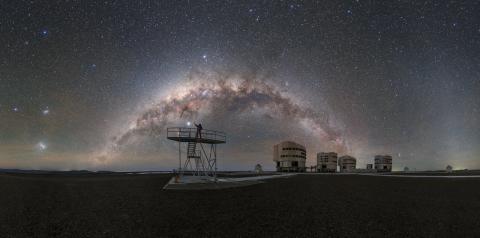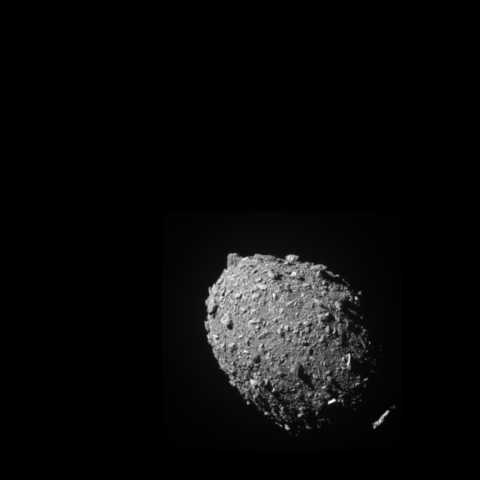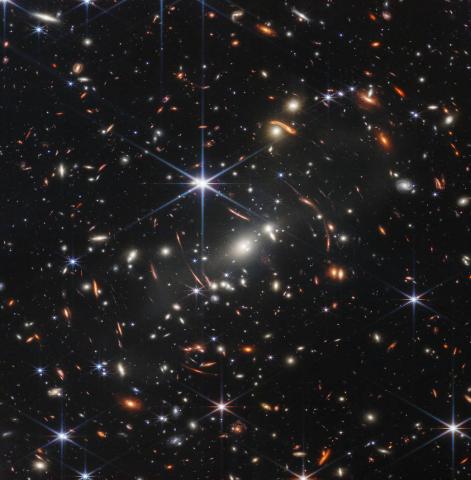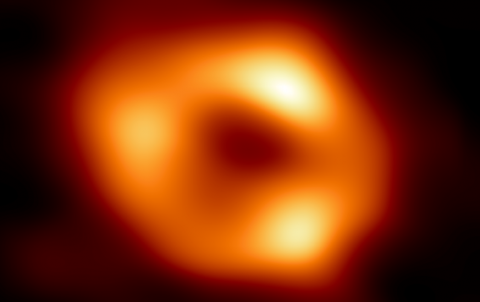Gran Telescopio Canarias (GTC)
If you are the contact person for this centre and you wish to make any changes, please contact us.
Director of the Gran Telescopio Canarias (GTC)

In a press release, the European Southern Observatory (ESO) warns that a huge industrial complex threatens the skies above the Paranal Observatory in Chile's Atacama Desert. According to ESO, on 24 December, AES Andes, a subsidiary of the US electricity company AES Corporation, submitted for environmental impact assessment a project for a huge industrial complex that would be located between 5 and 11 kilometres from the Paranal telescopes. This astronomical observatory, the darkest in the world, has led to important breakthroughs, such as the first image of an exoplanet or the confirmation of the accelerated expansion of the universe.

As planned, the DART (Double Asteroid Redirect Test) mission has hit the asteroid Dimorphos, which orbits a larger asteroid, Didymos. Neither is a threat to Earth. This is the first planetary defence test mission designed to change the orbit of an asteroid, launched by NASA and the Johns Hopkins APL laboratory, with Spanish participation. Scientific teams will study with ground-based telescopes how much the orbit of Dimorphos will change around Didymos after the collision.

Romano Corradi, director of the Gran Telescopio de Canarias, assesses the deepest and sharpest infrared image of the distant universe taken by the James Webb Space Telescope, an international collaboration of the space agencies of the United States (NASA), Europe (ESA) and Canada (CSA).

An international team of researchers has captured the first image of Sagittarius A*, the supermassive black hole at the centre of the Milky Way. The results are published today in a special issue of The Astrophysical Journal Letters.